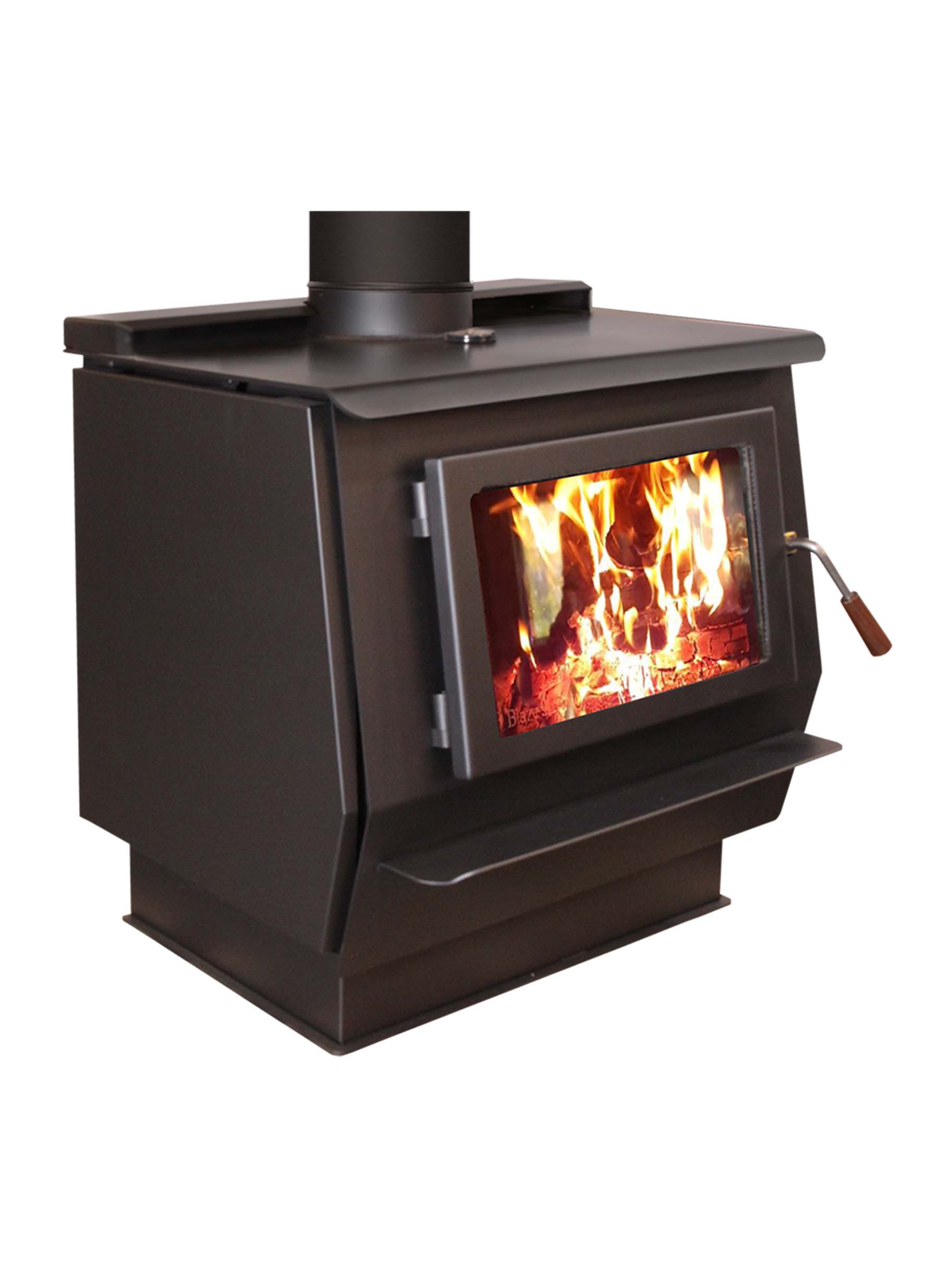Hi everyone. New member.
My Scenario:
Im in South PA where nighttime temps get around mid-teens to low 20s on average at night through the winter months. I've been using a Harman Mark 2 coal stove for the past 30 years to heat my home. I burn wood from 6 am to 8 pm and coal through the night. The Harman has been fantastic but after many years, it's developed a crack in the top of the firebox so it's time for a replacement.
Background
My house is 1800sqft, two-story and heats fairly well as the staircase is placed center of the house. My current chimney is 6". With burning coal, a single bucket will burn for about 8-10 hours and keep the stove temp around 300-400* until morning. In the morning, I can open the bottom door, get the coals red hot again, and toss a log on and the temp will jump pretty quickly. Even during the winter months, the house barely drops below 70* in the morning hours and is around 80* during the daytime when it's in the 20's-30's outside.
The Dilemma
I went to a local stove dealer for info on new stoves and originally inquired about a Hitzer 254 as it would be a direct replacement to my current Harman. I have no experience with the newer technology of the wood stoves and when the salesman heard I burn wood almost 75% of the time, he quickly began pushing a wood stove. Wood is free to me so it makes sense. No issues there. The salesman steered me away from any catalytic stoves and focused on secondary burn stoves such as the Quadra Fire's and Osburn's. My main issue is, will the wood stove carry heat throughout the night to the morning hours similar to a coal stove?
Preference
I don't mind waking up in a cooler house but my elderly father gets cold and uncomfortable rather quickly being on blood thinners. Coal has worked so well for so many years but the price keeps increasing and it won't be too long before legislation makes it harder and harder to get. I have 10 acres of hardwoods so it's easy to source wood. Pellet or Stoker stoves are not an option as I rather not have to deal with the electricity required to operate the stove. Without experience with the secondary burn or catalytic stoves, I'm open to either if they work.
Let me know what you guys think.
Thank you
My Scenario:
Im in South PA where nighttime temps get around mid-teens to low 20s on average at night through the winter months. I've been using a Harman Mark 2 coal stove for the past 30 years to heat my home. I burn wood from 6 am to 8 pm and coal through the night. The Harman has been fantastic but after many years, it's developed a crack in the top of the firebox so it's time for a replacement.
Background
My house is 1800sqft, two-story and heats fairly well as the staircase is placed center of the house. My current chimney is 6". With burning coal, a single bucket will burn for about 8-10 hours and keep the stove temp around 300-400* until morning. In the morning, I can open the bottom door, get the coals red hot again, and toss a log on and the temp will jump pretty quickly. Even during the winter months, the house barely drops below 70* in the morning hours and is around 80* during the daytime when it's in the 20's-30's outside.
The Dilemma
I went to a local stove dealer for info on new stoves and originally inquired about a Hitzer 254 as it would be a direct replacement to my current Harman. I have no experience with the newer technology of the wood stoves and when the salesman heard I burn wood almost 75% of the time, he quickly began pushing a wood stove. Wood is free to me so it makes sense. No issues there. The salesman steered me away from any catalytic stoves and focused on secondary burn stoves such as the Quadra Fire's and Osburn's. My main issue is, will the wood stove carry heat throughout the night to the morning hours similar to a coal stove?
Preference
I don't mind waking up in a cooler house but my elderly father gets cold and uncomfortable rather quickly being on blood thinners. Coal has worked so well for so many years but the price keeps increasing and it won't be too long before legislation makes it harder and harder to get. I have 10 acres of hardwoods so it's easy to source wood. Pellet or Stoker stoves are not an option as I rather not have to deal with the electricity required to operate the stove. Without experience with the secondary burn or catalytic stoves, I'm open to either if they work.
Let me know what you guys think.
Thank you


